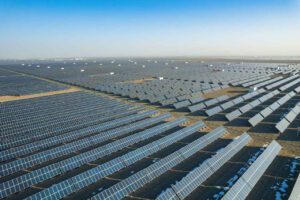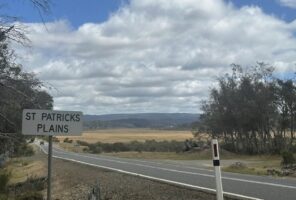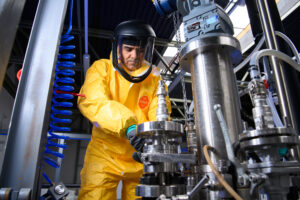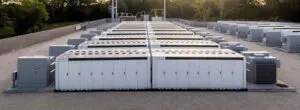The Clean Energy Finance Corporation has taken a significant hit on the value of its large scale solar portfolio, suffering a total impairment provision of $61.4 million in the latest year, mostly from its solar portfolio as a result of project delays and grid problems.
The impairment provision, revealed in its annual accounts released last month, was not surprising given that the CEFC has supported, mostly through loans but also with some equity, 24 large scale solar projects in Australia, and some owners of these projects have reported write downs and big losses in the last couple of years.
These losses are the result of project delays, grid congestion, network constraints, and transmission losses, among other matters, and have resulted in big losses for some major investors, losses and the withdrawal of many EPC contractors from the industry, and the sale of solar farm portfolios.
“There are challenges out there,” CEFC chief executive Ian Learmonth said in an interview in the latest episode of RenewEconomy’s Energy Insiders podcast, pointing in particular to grid connection times, which have been a major problem due to changed connection rules and system strength issues in certain parts of the grid that have delayed some connections or curtailed output elsewhere, or both.
Learmonth said, however, that the impairment provision was required under accounting rules, the CEFC was confident it would not lose money on the investments in the long term, although the situation is translating into a slowdown in investment.
“We’re a lender in nearly all of those deals, so there’s still plenty of equity in front of us, so we’re not at all concerned about losing any money on our projects. But there’s, look, there have been been some restructures in a number of cases … and you may have seen and reported significant increase in impairment charges that have just been introduced.”
The CEFC does not identify which of its 1.6GW of supported solar projects are affected, and Learmonth did not reveal them. But some of the projects it has been heavily involved in – such as Kiamal in Victoria and Oakey in Queensland – have experienced heavy delays for various reasons.
“So … we’re trying to address some of these issues in … using the capital that we have investing in transmission or the technologies that might help this along, but it will take a bit of time,” Learmonth said.
“I think until we sort of sort all of that out, we, you know, it may end up being a little, little slower the investment horizon for particularly wind and solar for a while.”
On other matters, Learmonth noted the CEFC’s role in providing finance for the expansion of the Hornsdale Power Reserve in South Australia – Australia’s largest battery to date – and says there are “some other” battery projects in its pipeline” which could be announced soon.










